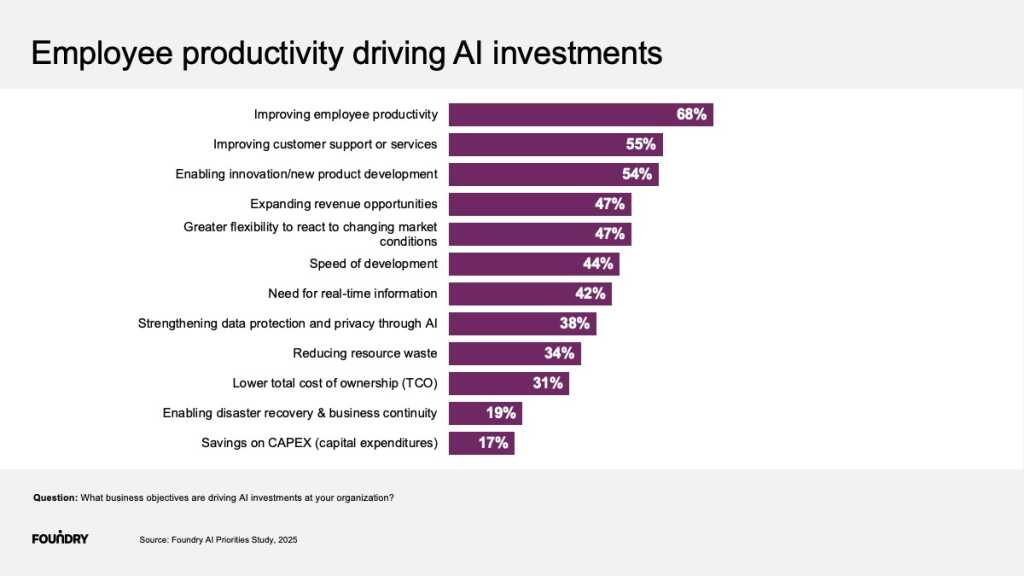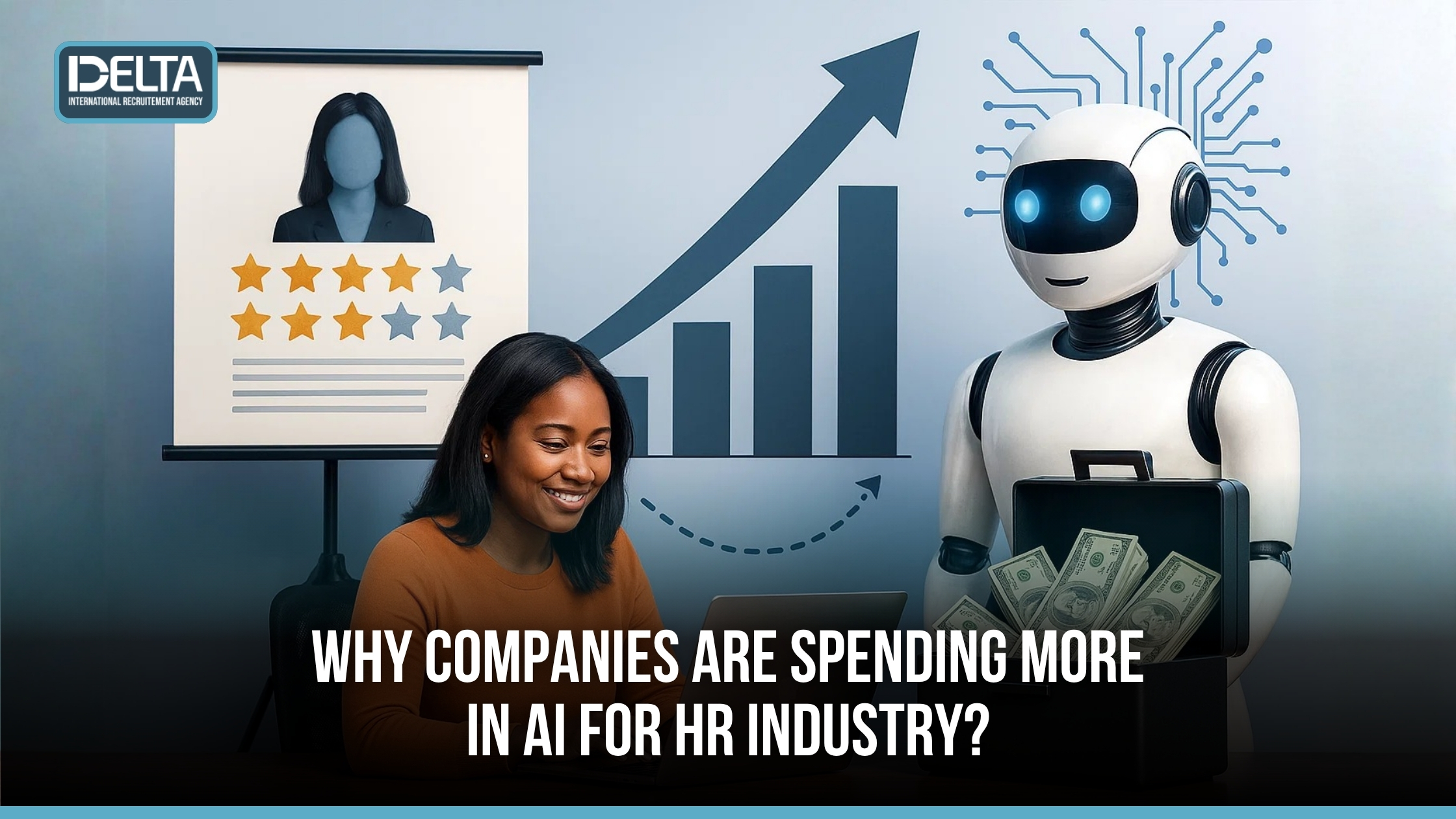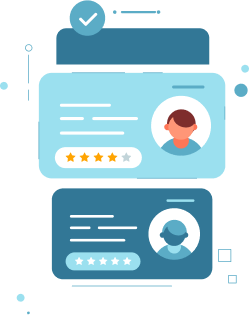Did you know the global AI in HR market could jump from $8 billion in 2025 to over $30 billion by 2034? This comes from Precedence Research, a trusted market research source.
This massive growth signals a clear message for HR and recruitment business owners: adapt to AI or risk losing ground. Relying on old-school methods like manual resume reviews or lengthy interview processes drains budgets and slows down your ability to serve clients well. Meanwhile, AI can cut costs, speed up tasks, and let your team focus on bigger goals.
If competitors are using AI to snag top talent faster, your firm could miss out on key contracts. This trend pushes everyone in the HR industry to invest smarter, building stronger, more agile businesses in a tech-driven world.
The Surge in AI Market Size for HR
The AI market in HR is growing rapidly, with hard numbers to prove it. Precedence Research pegs the market at $7.01 billion in 2024, rising to $8.16 billion in 2025, and hitting $30.77 billion by 2034, with a 16% annual growth rate.
Why the surge? Companies want data-driven decisions, especially for hiring and retaining staff. In the U.S., the market could reach $8.60 billion by 2034. This growth reflects the need to automate routine tasks and enhance employee experiences.
Day-by-Day Shift to AI Solutions in HR Companies
HR and Recruitment firms are increasing AI spending daily as operations demand it. McKinsey reports 92% of companies plan to boost AI investments over the next three years. Old methods cost more time and money. For example, manual resume screening takes hours, while AI does it in minutes. Industries like IT and healthcare lead, using AI for sorting applications and predicting staffing needs.
Daily shifts include:
- Morning resume reviews now use AI chatbots to identify top candidates.
- Afternoon interviews are scheduled by virtual assistants, reducing no-shows.
- Evening reports on employee engagement come from analytics tools, catching issues early.
These small changes drive budget increases as firms see quick benefits, like lower turnover.
How AI Reduces Costs in Recruitment
A major reason for increased spending is AI’s cost savings. SHRM notes 36% of firms using AI in recruiting cut hiring costs. AI automates repetitive tasks, freeing HR staff for strategic work. Hirebee data shows AI can reduce hiring costs by 30% and boost productivity by 30%. For recruitment firms, this means serving more clients without extra staff.
Cost-saving examples:
- Resume screening: AI scans for keywords, cutting time from days to hours.
- Interview setup: Chatbots handle candidate questions, improving fit.
- Onboarding: Automated systems guide new hires, lowering training costs.
These savings encourage firms to invest more in AI to stay efficient.

Boosting Worker Productivity with AI
AI doesn’t just save money; it improves teams. PwC states industries with high AI use see three times higher revenue growth per employee. In HR, tools predict turnover or suggest training paths. AIHR says a balanced AI strategy can boost HR productivity by 30%. For business owners, this means happier staff and better results.
Key productivity boosts:
- Personalized career plans: 80% of workers expect AI-driven plans by 2025.
- Performance tracking: AI spots data trends, helping managers act quickly
- Skills matching: Tools suggest internal moves to fill gaps.
This focus on productivity drives daily AI budget increases.
Real-World Examples of AI in HR
Big companies show the trend. Meta cut 25% of jobs but raised AI spending by $10 billion for efficiency. Amazon plans to reduce HR roles as AI handles routine tasks. BCG consultants saw 40% better work quality using AI like ChatGPT.
In recruitment:
- AI platforms screen candidates faster, as noted by Forbes.
- Tools from firms like Chronus improve retention with tailored programs.
These examples show why spending rises: clear gains in speed and accuracy.
Challenges in Moving to AI
Adoption isn’t without hurdles. AIHR finds 76% of HR pros fear falling behind without AI, but 60% lack a clear plan. Workers worry about job loss, with 46% at AI-heavy firms feeling insecure. Bias in AI and data privacy also raise concerns.
Solutions include:
- Training: Upskill staff to use AI confidently.
- Right tools: Cloud-based options grow fastest at 18% annually.
- Ethics: Use AI to reduce hiring bias.
Addressing these justifies the investment.
Future Trends Driving AI Investments
By 2025, 90% of HR decisions could involve AI. Learning and development will grow at 20% annually, and Asia-Pacific leads in adoption for diverse workforces.
Future expectations:
- More metaverse tools for virtual training.
- AI in payroll and compliance to reduce errors.
- Focus on small and medium enterprises, growing at 19% annually.
This outlook pushes HR firms to increase AI budgets yearly.
Here’s a table of key AI segments in HR:
This data from Precedence Research shows where investments are heading.
In summary, daily AI spending increases come from clear benefits like cost savings and productivity gains. For HR business owners, planning now to integrate AI is key to staying competitive.





























